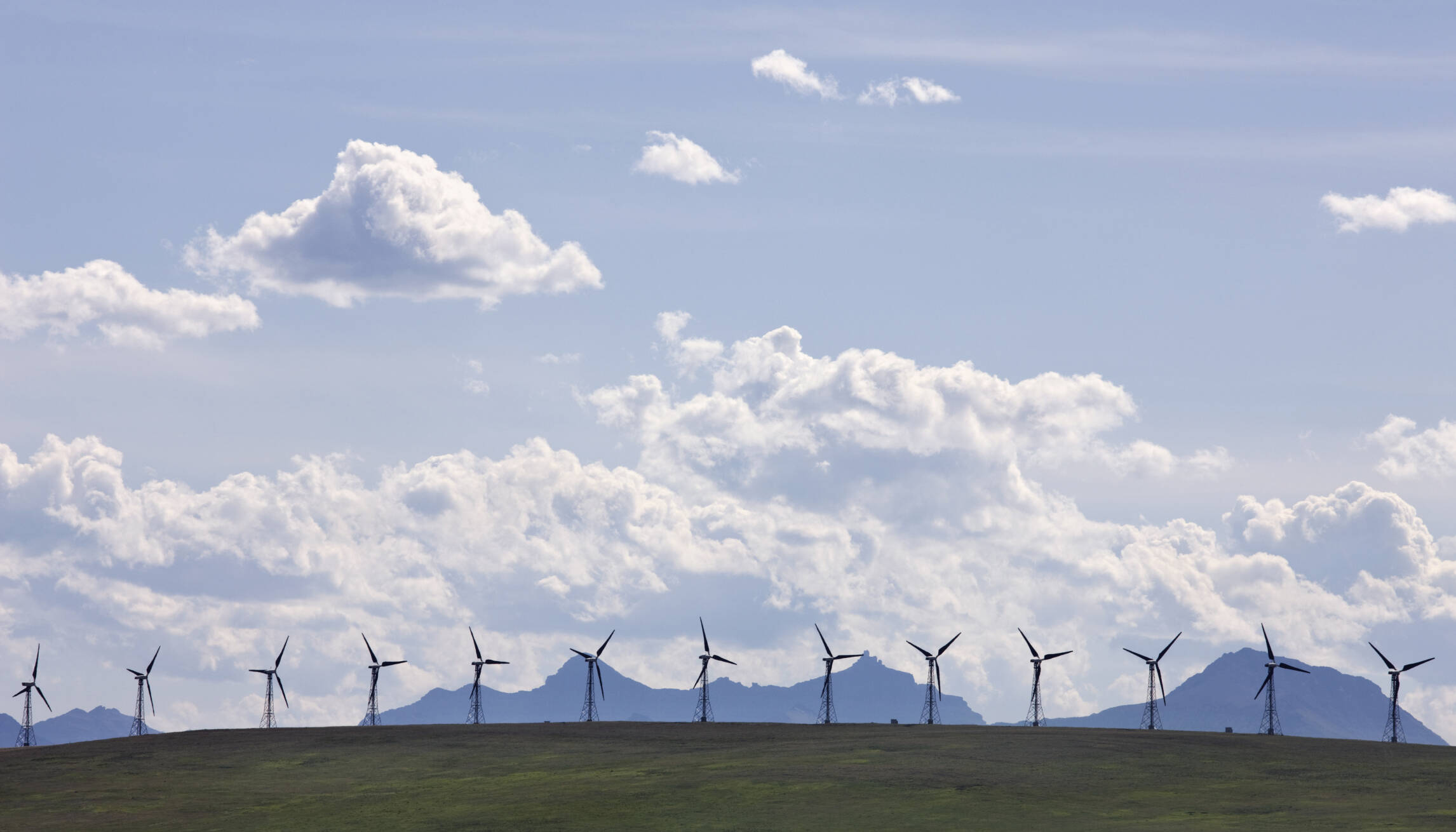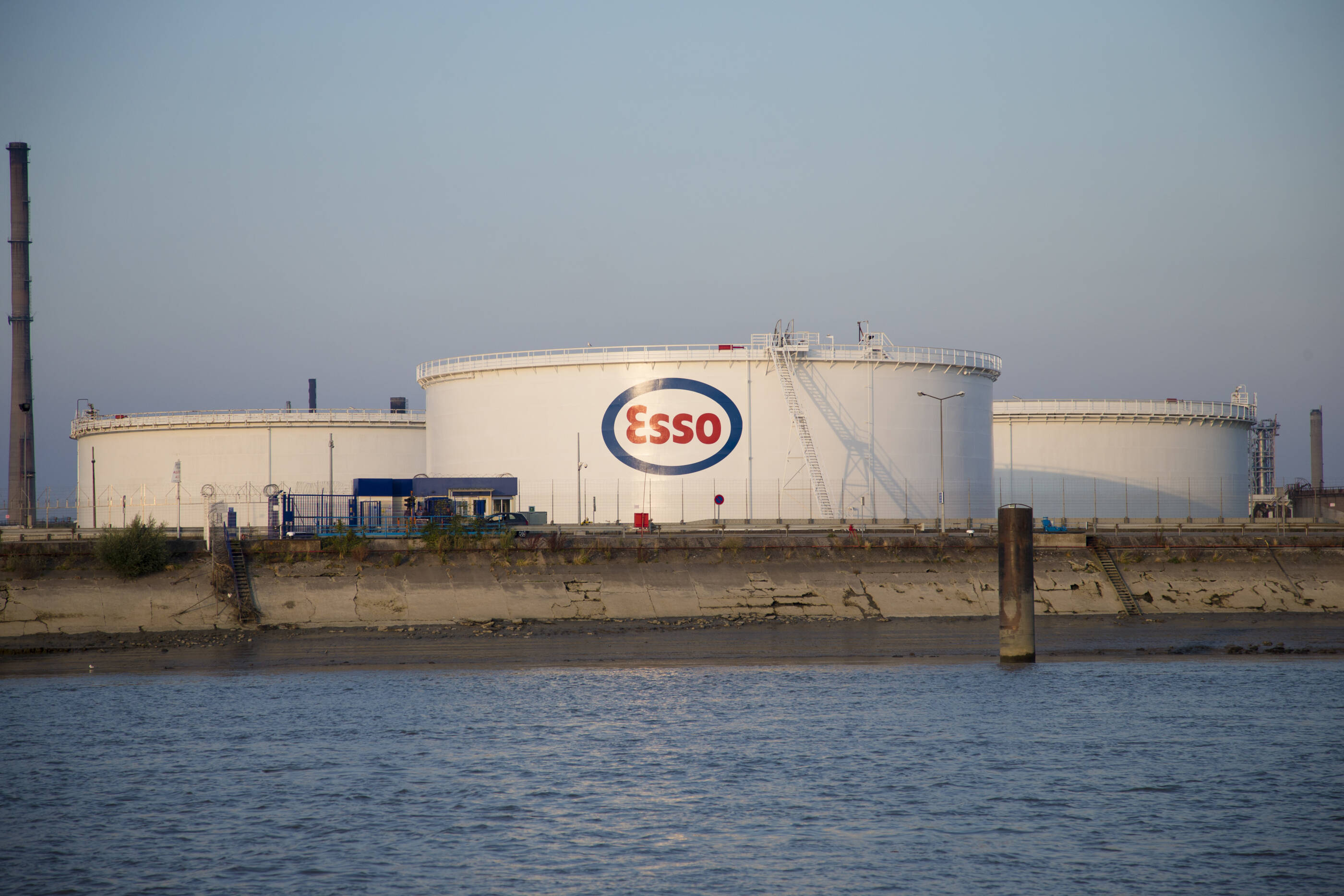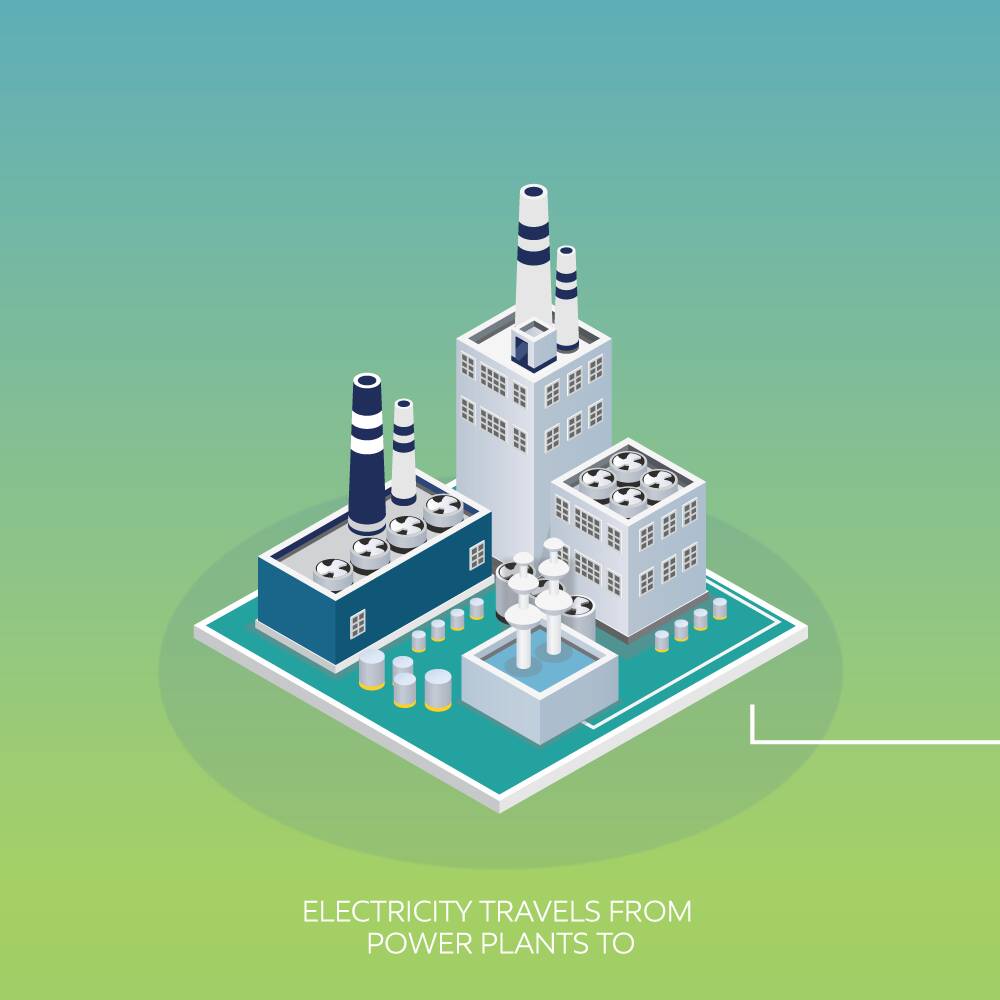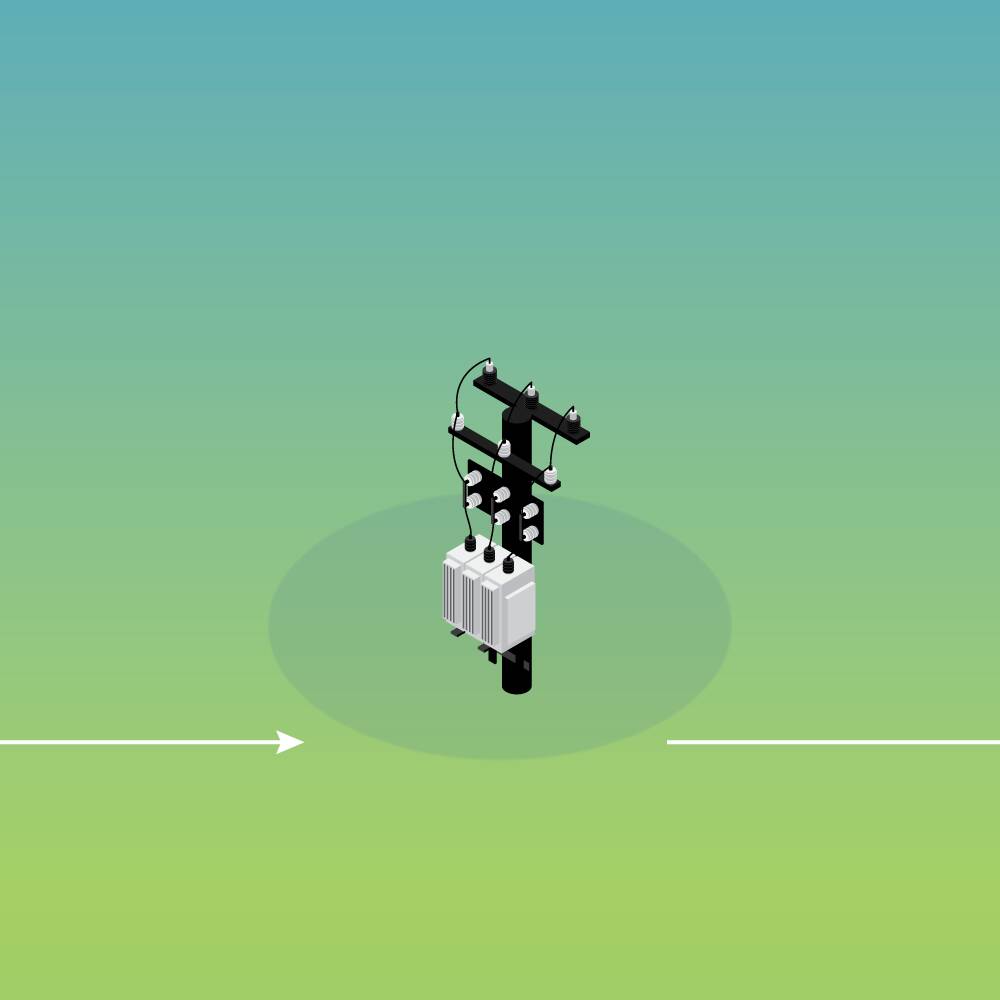selected item
What an energy efficient grid could look like
Two years ago, ExxonMobil and the U.S. Department of Energy’s national laboratories – including the National Renewable Energy Lab (NREL) and National Energy Technology Lab (NETL) – expanded their work together to research advanced technologies with the potential to help societies achieve a lower-carbon future.
Climate change is a complex issue that requires multiple technology solutions. By bringing together a diverse set of ideas and expertise from ExxonMobil and the national laboratories, we have a better chance of solving these challenging problems.
Within the partnership’s purview is a project on how to optimize the energy grid to meet future energy demands while lowering emissions with the most cost-effective approach.
What’s happening: One of the keys to achieveing a lower carbon future rests with the electricity grid. The existing infrastructure of the U.S.’s current power grid, which largely draws from fossil fuels, took over six decades to build. To deploy emerging energy technologies at scale, the grid will undergo a transition, shifting its power supply away from higher-emission resources, like coal, to ones that produce fewer emissions, like renewables and natural gas coupled with carbon capture and sequestration (CCS). While this transition is essential to meeting society’s climate goals, cost and current infrastructure need to be considered to ensure that energy remains affordable and reliable.
The Regional Energy Deployment System (ReEDS), a modeling tool created by NREL, allows researchers to simulate different energy-mix scenarios for the power grid to understand which combination of resources would most efficiently lead to lower emissions, and eventually, achieving net zero emissions. ExxonMobil is working alongside the national laboratories to analyze these scenarios, essentially mapping out what the grid’s future could look like and how new technologies can be optimally deployed.
Understanding the grid: The grid is the complex, interconnected network that transmits electricity from power plants into homes and businesses.
In the United States, there are three main grids that supply energy to different sections of the country. The energy mix of each grid depends on the resource supply and demand in that region.
Here’s how it works:
Powering the grid
Renewables
Nuclear
Natural gas
Coal
An optimized grid would include:
-

Lower emission energy sources:
Wind, solar, hydrogen
-
%2b5434%2bx%2b3053%2b5434%2bx%2b3053.jpg)
Emission lowering technology:
CCS, Direct Air Capture
-

Energy storage:
Currently, energy must be used as it's produced

*Sources: https://www.epa.gov/ghgemissions/sources-greenhouse-gas-emissions
The technologies: One of the technologies that ongoing research is looking to incorporate in ReEDS is CCS, which could help mitigate emissions from natural-gas fired power generation and hydrogen fuel production. Currently, ExxonMobil is working with several organizations, including the DOE, to advance and widely deploy CCS technology around the world.
The ongoing research will assess how CCS could present an affordable pathway to reducing emissions, especially when coupled with natural gas. Natural gas is cleaner-burning than other fossil fuels, like coal, and unlike newer renewable sources, the infrastructure already exists and it provides a more consistent stream of energy. With CCS, natural gas power generation could approach net zero and continue to play an important role in a lower-carbon energy future.
Other technologies being considered for model integration include renewably generated fuels like hydrogen and biomass as well as long duration energy storage technologies, which could allow the grids to account for the seasonality of solar and wind.
The bottom line: Modeling systems are important to the DOE because they help inform science-based policies and legislation that can support pathways to a lower-carbon future.
“A diversified and optimized grid is an obvious route to lowering overall emissions,” said Grenda. “But to get there, we need to fully understand potential future energy demands and resource outputs. Modeling systems help us do just that, and by expanding our current capabilities, we can figure out where newer technologies, like CCS, can create the most impact in our energy mix.”
Explore more
ExxonMobil to expand ultra-low sulfur diesel production at Fawley Refinery
IRVING, Texas – ExxonMobil said today that it has made a final investment decision to expand the Fawley refinery in the United Kingdom to increase production of ultra-low sulfur diesel by almost 45 percent, or 38,000 barrels per day, along with logistics improvements.News News releases

Avoiding 6 million metric tons per year of greenhouse gas emissions through cogeneration
ExxonMobil is developing innovative ways to generate power more efficiently and with less environmental impact compared with purchasing electricity from a local utility.Energy efficiency Article




